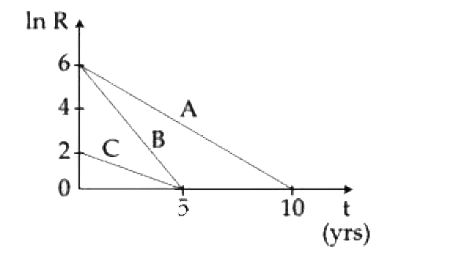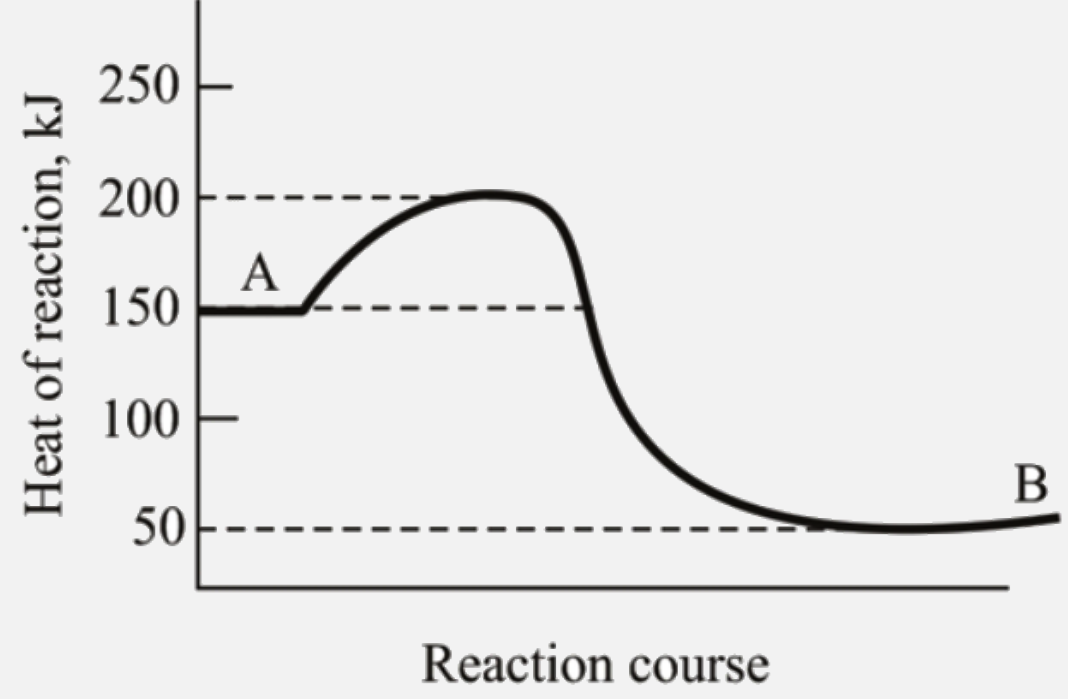Over small distances substances move by (A)____ and by (B)____ supplemented by (C)_____
The correct Answer is:A-diffusion,
B-cytoplasmic streaming, C-active trasnport
To answer the question, "Over small distances substances move by (A)____ and by (B)____ supplemented by (C)____," we can break it down step by step.
Step 1: Identify the first method of movement (A)
- Answer: The first method of movement over small distances is diffusion.
- Explanation: Diffusion is the process where substances move from an area of high concentration to an area of low concentration. This is a passive process and occurs at the molecular level.
Step 2: Identify the second method of movement (B)
- Answer: The second method of movement is cytoplasmic streaming.
- Explanation: Cytoplasmic streaming, also known as cyclosis, refers to the movement of the cytoplasm within the cell. This movement helps distribute nutrients, organelles, and other substances throughout the cell.
Step 3: Identify the supplementary method of movement (C)
- Answer: The supplementary method of movement is active transport.
- Explanation: Active transport is the process of moving substances against their concentration gradient, from an area of low concentration to an area of high concentration. This process requires energy, usually in the form of ATP.
Final Answer
Putting it all together, the complete answer is:
Over small distances substances move by (A) diffusion and by (B) cytoplasmic streaming supplemented by (C) active transport.
---
- Answer: The first method of movement over small distances is diffusion.
- Explanation: Diffusion is the process where substances move from an area of high concentration to an area of low concentration. This is a passive process and occurs at the molecular level.
- Answer: The second method of movement is cytoplasmic streaming.
- Explanation: Cytoplasmic streaming, also known as cyclosis, refers to the movement of the cytoplasm within the cell. This movement helps distribute nutrients, organelles, and other substances throughout the cell.
- Answer: The supplementary method of movement is active transport.
- Explanation: Active transport is the process of moving substances against their concentration gradient, from an area of low concentration to an area of high concentration. This process requires energy, usually in the form of ATP.
Putting it all together, the complete answer is:
Over small distances substances move by (A) diffusion and by (B) cytoplasmic streaming supplemented by (C) active transport.
Topper's Solved these Questions
Similar Questions
How many of the following statements are not correct?
[I] In a flowering plant the substances that would need to be transported are water, mineral nutrients, organic nutrients and plant growth regulators.
[II] Over small distances, substances move by diffusion and by cytoplasmic streaming supplemented only by passive transport.
[III] Organic and mineral nutrients undergo multidirectional transport through the xylem.
[IV] From the storage organs, organic compounds are later re-exported.
[V] Phytohormones and other chemical signals are transported to maintain and regulate the plant functions.
View SolutionShod distance transport of substances occur by! through
View SolutionA tetra-atomic molecule (A) on reaction with nitrogen (I) oxide, produces two substances (B) and (C). (B) is a dehydrating agent while substance (C) is a diatomic gas which shows almost inert behaviour. The substances (A),(B) and (C) are
View SolutionSmall intestine is distiguishable into three regions, a 'C' shaped (A)____ a long coiled middle portion (B)____ and a highly coiled (C)____
View SolutionActivities of three radioactive substances A, B and C are represented by the curves A, B and C, in the figure. Then their half- lives T12(A):T12(B):T12(C) are in the ratio :

View SolutionTransport over longer distances that proceeds through the vascular system is called _______
View SolutionA diamagnetic substance when placed gently in a magnetic field moves
View SolutionIn the figure shown, when the persons A and B exhange their position, then

(i) the distance moved by the centre of mass of the system is ____.
(ii) the plank moves towards_____.
(iii) the distance moved by the plank is _________. (iv) the distacne moved by A with respect to ground is _____.
(v) the distance moved by B with respect to ground is _____.
View SolutionHeat of conversion of substance A to substance B is equal to (kJ)

View SolutionWhat is the distance between the points A(c, 0) and B(0, −c) ?
View Solution
